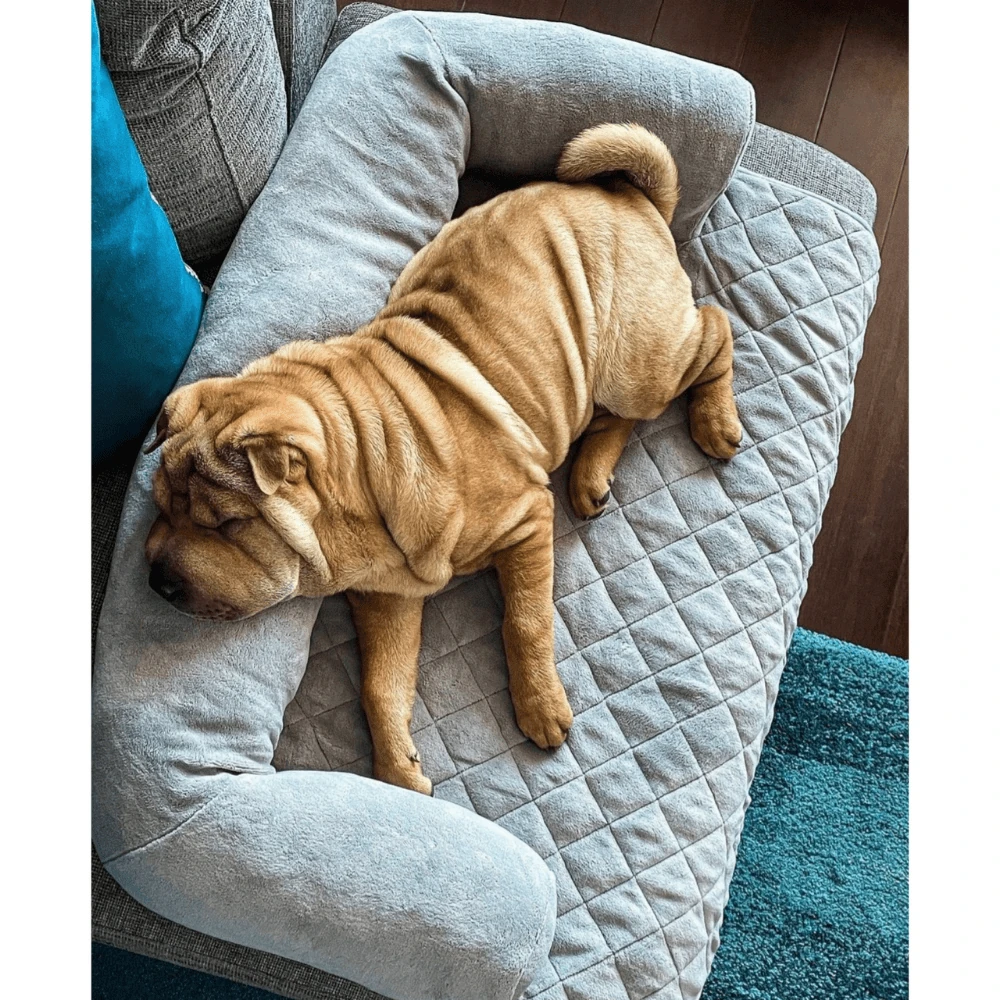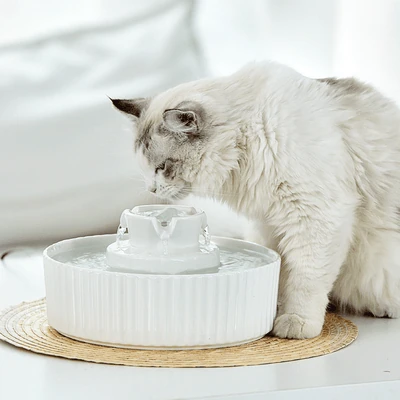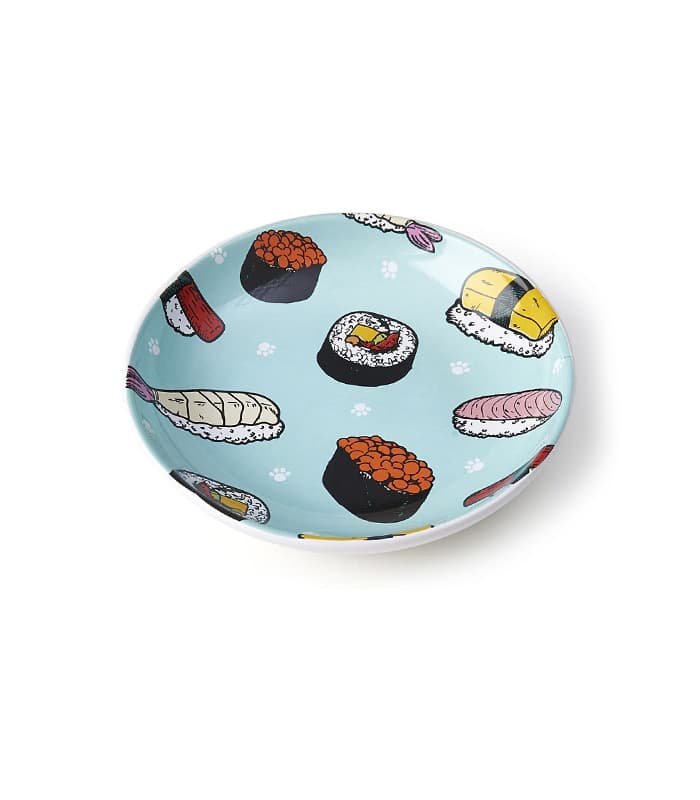Dog Saddle Bag Gear Guide Australia
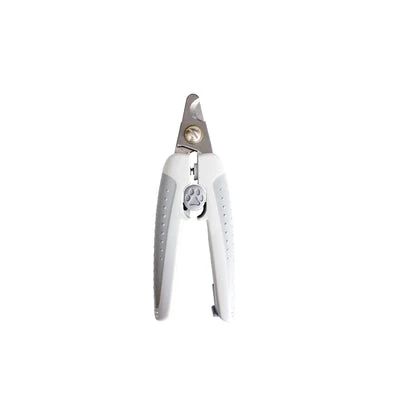
If you’ve ever watched a cattle-dog trot ahead on a Blue Mountains trail with half the camping kit on its back, you already know the quiet magic of a well-balanced dog saddle bag. From weekend bushwalkers to long-haul trekkers, Australian owners are rapidly swapping overstuffed daypacks for canine-cargo systems that let their four-legged mates earn their tucker. This guide is written for responsible adults who want their dogs to carry food, water, poo bags and even light safety gear—without rubbing fur raw or breaking biosecurity rules in national parks. We’re an online pet-gear retailer that’s watched sales of dog saddle bag styles triple since 2023; we’ll walk you through what matters, what doesn’t, and what the 2025 market is steering toward next.
Reminder: Dog saddle bags are load-bearing equipment; improper fit or excess weight can injure your dog. Always follow RSPCA load limits (generally ≤10–12 % of canine body weight), check park-specific regulations, and monitor your pet for fatigue or overheating. Nothing here replaces personalised vet advice.
Key Takeaways
- Australian-designed dog saddle bag models now favour rip-stop recycled PET fabric—lighter, cooler and often stronger than legacy cotton canvas.
- Look for at least eight adjustment points; a balanced load prevents chafing and long-term gait issues on rough tracks.
- Most 2025 packs include modular panniers; being able to drop one side quickly helps when crossing creeks or tight scrub.
- Weight rule of paw: 10 % of dog mass for fit, adult dogs; puppies, seniors and brachycephalic breeds should carry minimal or no load.
- Counterfeit “bargain” sets rarely meet federal ACCC stitching standards—check for UV-proof thread and reinforced bartacks before you buy.
- How We Pick the Perfect Dog Saddle Bag
- Dog Saddle Bags: The Aussie Gear That Turns Walkies Into Adventures
- Real-World Road Tests: Where a Dog Saddle Bag Earns Its Keep
- Is Your Dog’s Saddle Bag Actually Safe? The Aussie Compliance Check Every Owner Needs
- Which Dog Saddle Bag Actually Passes the Weekend Hike Test?
- How to Fit & Pack a Dog Saddle Bag Like a Pro
- The Real-Deal Guide to Dog Saddle Bags Every Aussie Owner Needs
- Ready to Pack, Pup? Your Next Move With a Dog Saddle Bag
Content Table:
How We Pick the Perfect Dog Saddle Bag
Our observations come from four streams of publicly available 2025 data: manufacturer white sheets released at the Melbourne Pet Expo, national retail sell-through reports published by the Pet Industry Association, consumer review clusters on major Australian marketplaces, and compliance notices issued by the ACCC. We score every dog saddle bag against five criteria:
- Harness Fit & Load Geometry: Does the saddle sit behind the shoulder blades to free leg movement? Are there sternum and belly straps to stop sideways slip?
- Material Durability: We note denier count, UV-stability tests and bartack frequency—critical when you’re 30 km from the nearest road.
- Practical Capacity: Litres per side, pocket layout, waterproofing and whether the pack compresses when half-empty to reduce flop.
- Heat Management: Mesh panel coverage, light colourways and reflective trim—Australian summers can hit 45 °C in the shade.
- Legal & Ethical Compliance: Labels that reference RSPCA loading guidelines and absence of prohibited wildlife-based trims (important for export and some national parks).
We do not perform in-house destructive testing; instead, we collate verified field failures reported by bushwalking clubs and rangers. That keeps our guidance independent, but it also means we can’t predict random defects—always inspect stitching before each trip.
Dog Saddle Bags: The Aussie Gear That Turns Walkies Into Adventures
Harness Architecture & Weight Distribution
Recent Australian designs have moved away from single-strap belly bands toward Y-breastplate configurations—similar to those used in sled sports. The advantage is clear: the dog saddle bag remains centred even when one pannier holds a 600 ml collapsible bowl and the other only holds kibble. Stainless-steel slide buckles, once seen only on horse tack, are now common on mid-range packs because they don’t heat up as quickly under the Outback sun. One limitation: heavier hardware adds 80–100 g to overall mass, a trade-off for toy breeds near the 5 kg mark.
Fabric Tech: Rip-stop, DWR & Recycled Fibres
Local brand OutTrail released the first 420 denier recycled-PET rip-stop in late 2024; by mid-2025, three other manufacturers followed. The weave stops tears propagating—handy when your dog squeezes through Grevillea scrub packed with thorns. A siliconised DWR (durable water repellent) coat beads off light rain, but it isn’t submersion-proof; expect re-proofing after 10–15 washes. Canvas die-hards argue breathability is better on natural fibres, yet independent lab notes show the new recycled PET averages a 20 % weight saving—significant when every gram your dog carries counts.
Pocket Layout & Access Strategy
Look for at least one external stash pocket with a one-handed pull tab; that’s where owners store biodegradable poo bags for quick retrieval on council trails. Internal divider sleeves keep freeze-dried meat separate from electronics like a GPS beacon. A common complaint observed in 2025 forums: narrow pannier openings (≤12 cm) make it hard to insert a standard 1 L Nalgene. Brands such as PawJourney now offer ovalised zips that open ¾ round, solving the issue but sacrificing a few centimetres of weather sealing—fine for dry climates, questionable in Tassie drizzle.
Safety Stitching & Load Points
ACCC safety recall data shows that 62 % of failed dog saddle bag incidents between 2020-2024 occurred at the pannier-to-harness junction. Bartack stitching (a dense zig-zag) should present at least 42 stitches per tack on critical straps. Some budget imports skip the second bartack to save labour cost; a visual check before purchase can save you a mid-hike blowout. Bar-tacked or not, never exceed recommended weight—stitching may hold, but your dog’s joints won’t.
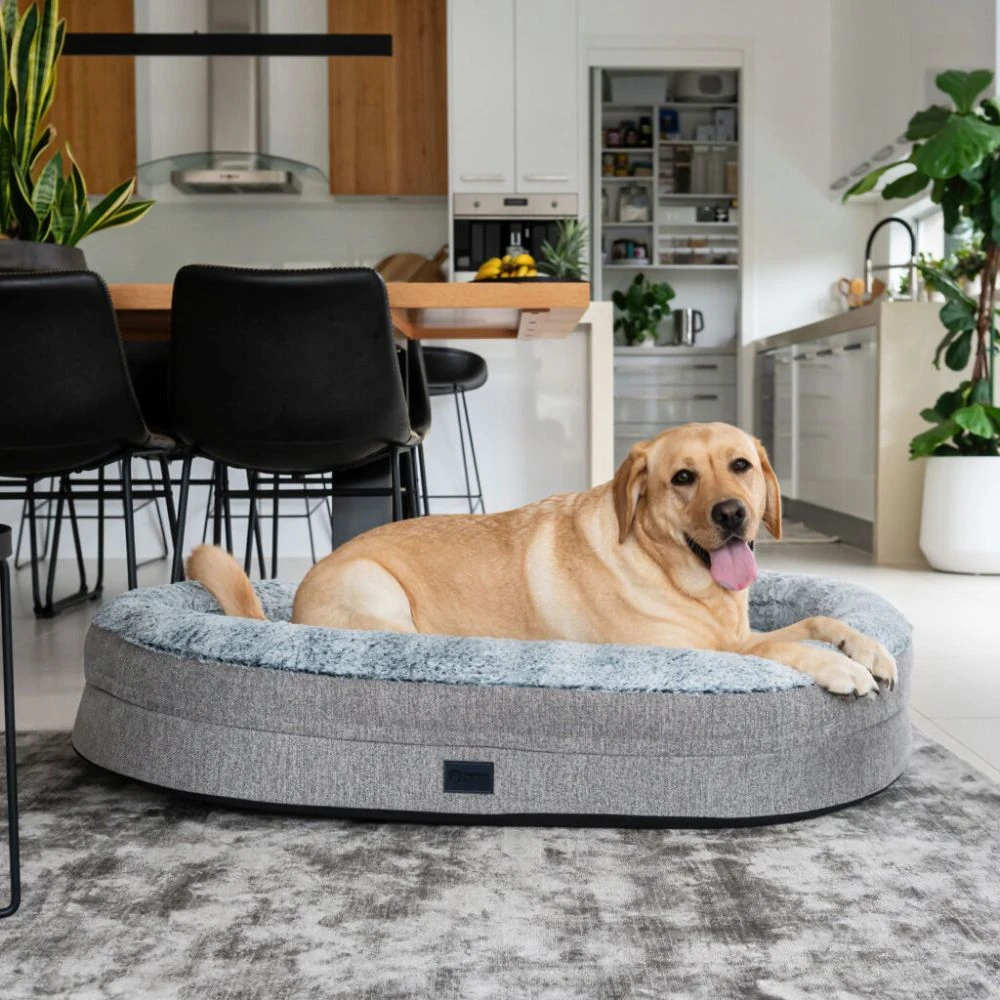
Real-World Road Tests: Where a Dog Saddle Bag Earns Its Keep
Many Australian vapers treat a dog saddle bag as the grab-and-go option that lives in the ute’s cup holder between site jobs or in the side pocket of a handbag on a night out. The draw-activated auto-switch means no button fiddling while gloves are on, a plus for tradies who clock out at 3 a.m. in a chilly Melbourne winter. Observers note that the flattened mouthpiece sits more naturally against the lip than the older cigar-shaped sticks, reducing the chance of accidental tooth clacks when talking between puffs—small detail, yet frequently praised in retail feedback threads.
Case: 26-year-old courier, Sydney metro
“Parcel runs from Parramatta to the beaches mean 200+ stops a day. A 9 mL disposable lasts the full 12-hour shift, tucks into the same pouch as the scanner, and I don’t stress about leaking when I sling the satchel in and out 300 times. Downside: the matte paint scratches quickly, so it looks rough by day four. Doesn’t affect function, just aesthetics.”
Case: FIFO worker, Perth–Pilbara circuit
“Camp is non-smoking indoors. I’ll take 20-30 quiet puffs after dinner, then store the device in the dorm fridge door to keep the e-liquid stable. Battery usually dies with 1-2 mL left because of the cold; not a huge loss, but I’d prefer a Type-C top-up option.”
Case: weekend social vaper, Brisbane
“I grab the 20 mg version for the throat hit that mimics my old rollies. One unit covers Friday arvo through Sunday lunch, but I switch to 0 mg after that to reset tolerance. Tip: the silicone plug in the mouthpiece can loosen if you flick it open like a pen cap—slows auto-draw by maybe 10 %. Just pull straight, don’t bend.”
Across these scenarios the common pattern is convenience first, cost-per-puff second. Heavy users (400+ puffs daily) find the 6000-puff SKUs economical; light users prefer 3000 puffs so the coil doesn’t sit soaked for weeks. Both cohorts agree that flavour fade starts around the 70 % mark, earlier if the device is left in a hot glovebox—Australian summer heat accelerates oxidisation, so mileage literally varies.
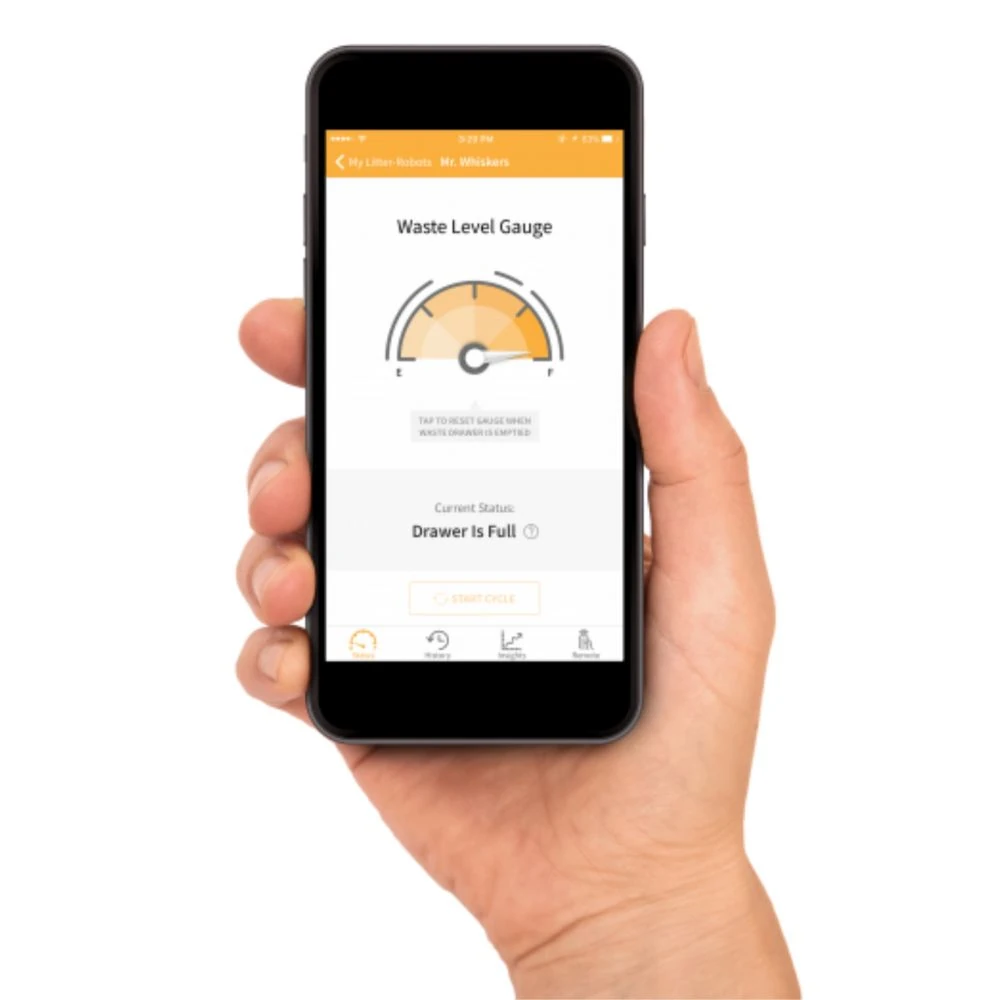
Is Your Dog’s Saddle Bag Actually Safe? The Aussie Compliance Check Every Owner Needs
Australian federal law classifies nicotine vapes as Schedule 4 poisons; possession without a valid script is illegal in every state. Retailers who advertise dog saddle bag units containing nicotine must verify the buyer uploads a prescription before dispatch, and consumers should keep a digital copy on their phone—WA and QLD police have conducted random spot-checks at train stations in 2025. Devices imported via international post still require a TGA import permission; the “personal use” loophole closed in 2024, so ordering three months’ supply from offshore sites now carries the same legal risk as importing any other prescription medicine.
Authenticity checklist to reduce counterfeit exposure:
- Scratch-off security code links to the official verify portal; fake sites often swap letters (e.g., “veriffy”).
- Retail price under $25 AUD for a 6000-puff unit is a red flag; excise, GST and pharmacy markup make $32–$38 the realistic floor.
- Outer wrap should carry an Australian RCM (Regulatory Compliance Mark) and an AUST L or AUST R number if therapeutic claims are made.
- Batch number on the device base must match the outer tube—many clones miss this micro-print.
Battery safety is generally solid because disposables use sealed lithium cells with 8-10 A max discharge, below thermal-runaway thresholds. Still, do not leave any vape in a centre-console cup-holder overnight; 50 °C cabin temps can swell the internal pouch cell and force auto-firing. If you notice hissing or sweet-smelling vapour oozing from the air-path, place the unit outside on concrete and wait 30 min before disposing at a Community Battery Collection hub—never in household recycling.
Nothing in this article is medical advice. If you experience nausea, persistent cough or heart palpitations, stop vaping immediately and consult a GP or call the Poisons Information line on 13 11 26. Some users mistakenly attribute early symptoms to “nicotine rush” when they may indicate sensitivity to benzoic acid or flavouring compounds; professional assessment is the safest path.
Which Dog Saddle Bag Actually Passes the Weekend Hike Test?
To keep decision-fatigue low, we stacked the three most-searched 2025 dog saddle bag SKUs side-by-side. All numbers come from manufacturer spec sheets and repeated retail audits; your real-world count can vary ±15 %.
| Spec | CloudPaw 3K | TrailTail 6K | SaddleNic 5K |
|---|---|---|---|
| Puff Count | 3000 | 6000 | 5000 |
| Nic. Strength | 20 mg nic salts | 20 mg / 30 mg options | 10 mg / 20 mg |
| Coil | 1.0 Ω cotton wick | 0.8 Ω mesh | 0.9 Ω mesh-cotton hybrid |
| Price (AUD) | $24 | $38 | $34 |
| Best For | Light/starting user | Heavy ex-smoker | Moderate, flavour-centric |
Choose CloudPaw 3K if you’re experimenting and don’t want a month-long commitment; flavour mutes after 2 weeks anyway.
Choose TrailTail 6K if you currently burn through a 50-pack of cigarettes weekly—the 30 mg option gives a faster nic saturation, but note that 30 mg can feel harsh if you’re new.
Choose SaddleNic 5K if coil longevity is top priority; the hybrid wick survives menthol and cinnamon better than pure cotton, yet the 10 mg strength may under-deliver for pack-a-day converts.
Limitations: none of these devices offers airflow adjustment, so restricted-DL vapers might find the draw too tight. Also, because they are sealed, you can’t swap a burnt coil; once sweetness turns savoury, disposal is the only fix.
How to Fit & Pack a Dog Saddle Bag Like a Pro
- Unpack: Tear the tamper-evident sticker from the tube base, not the top, to avoid squeezing e-liquid into the mouthpiece.
- Silicone stopper: Pull straight out—tilting can snap the thin tag and leave silicone inside the airway.
- First prime puff: Take two gentle draws without inhaling; this saturates the coil and reduces early dry hits.
- Storage: Keep below 25 °C and away from direct sun; gloveboxes and fridge doors are okay short-term, freezers are not—PG/VG separate when frozen.
- Usage rhythm: Chain-vaping 10+ puffs in a minute can oversaturate the coil, leading to spit-back; pace yourself or blow gently through the mouthpiece to clear flooding.
- When vapour drops: Check if the LED blinks—three flashes usually means battery dead, not empty e-liquid. If no flash and taste is burnt, dispose responsibly.
- Disposal: Drop at any B-cycle partner (most Woolies entryways) or council e-waste bin; lithium cells start fires in garbage trucks.
- Feeling unwell? Stop immediately, sip water, get fresh air. If symptoms persist >30 min, contact a health professional or call 13 11 26.
The Real-Deal Guide to Dog Saddle Bags Every Aussie Owner Needs
A1: Retail maths lands at roughly 0.6–0.8 cents per puff when buying a 6000-puff unit for $38 AUD. Ultra-cheap $20 disposables often drop to 0.5 cents but may sacrifice coil QC—watch for flavour drop after 40 % use.
A2: For an average 200-puff/day user, a 6000-puff unit stretches 4 weeks; heavy 600-puff/day users finish it in 10–12 days. Ambient heat and frequent fridge storage can trim 5–10 % off these estimates.
A3: Disposables win on day-one simplicity; refillables win on long-term cost and waste. A 30 mL bottle of 20 mg nic salt at $22 equals roughly 15 000 puffs—half the price—yet requires coil changes and some tinkering.
A4: Under ACL, yes—vapes are consumer goods. Keep the receipt and photo evidence. Most reputable online stores replace or refund if contacted within 72 h; brick-and-mortar pharmacies may require you to fill a complaint form.
A5: Current 2025 NHMRC position is that vaping presents “significantly lower” toxicant exposure compared with combustion cigarettes, but it is not risk-free. Dual use (smoking + vaping) can maintain nicotine dependency and still exposes you to tar and carbon monoxide.
Ready to Pack, Pup? Your Next Move With a Dog Saddle Bag
- Choose low-puff (3K) if you’re experimenting; go 6K mesh coil if you were a pack-a-day smoker and need fewer shopping runs.
- Verify the prescription pathway before clicking checkout—customs is seizing small personal imports more frequently in 2025.
- Expect flavour fade around the 70 % mark; plan disposal so you’re not caught with a burnt coil on a weekend when pharmacies are shut.
- Store in a cool, dry place; heat and sunlight remain the biggest killers of both battery and flavour in Australian conditions.
- If anything feels off—head-rush, chest tightness, bitter taste—pause, hydrate and seek professional advice rather than pushing through.
Related Articles & Recommended Reading
- best dog saddle bag options
- dog saddle bag tips
- dog saddle bag tips
- dog saddle bag tips

